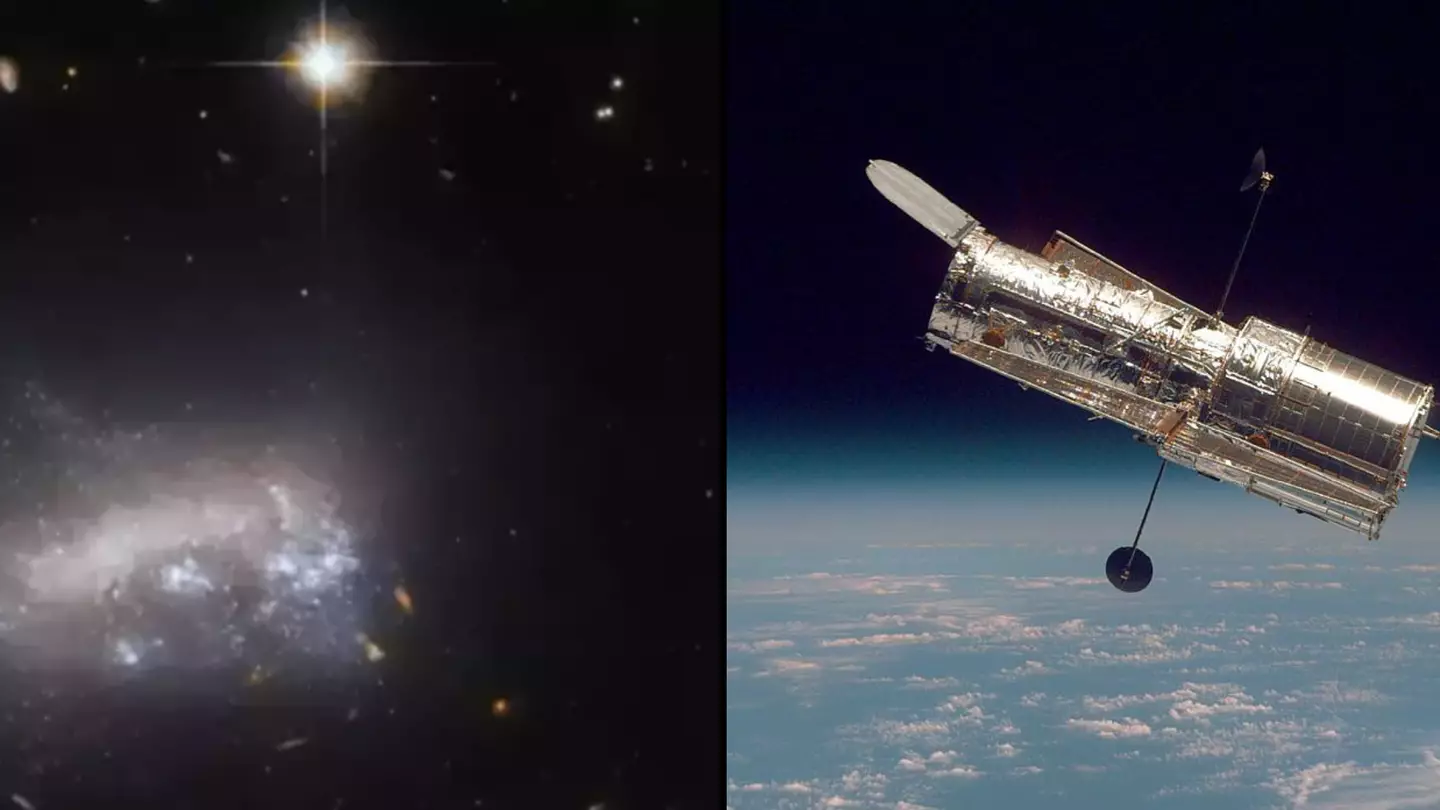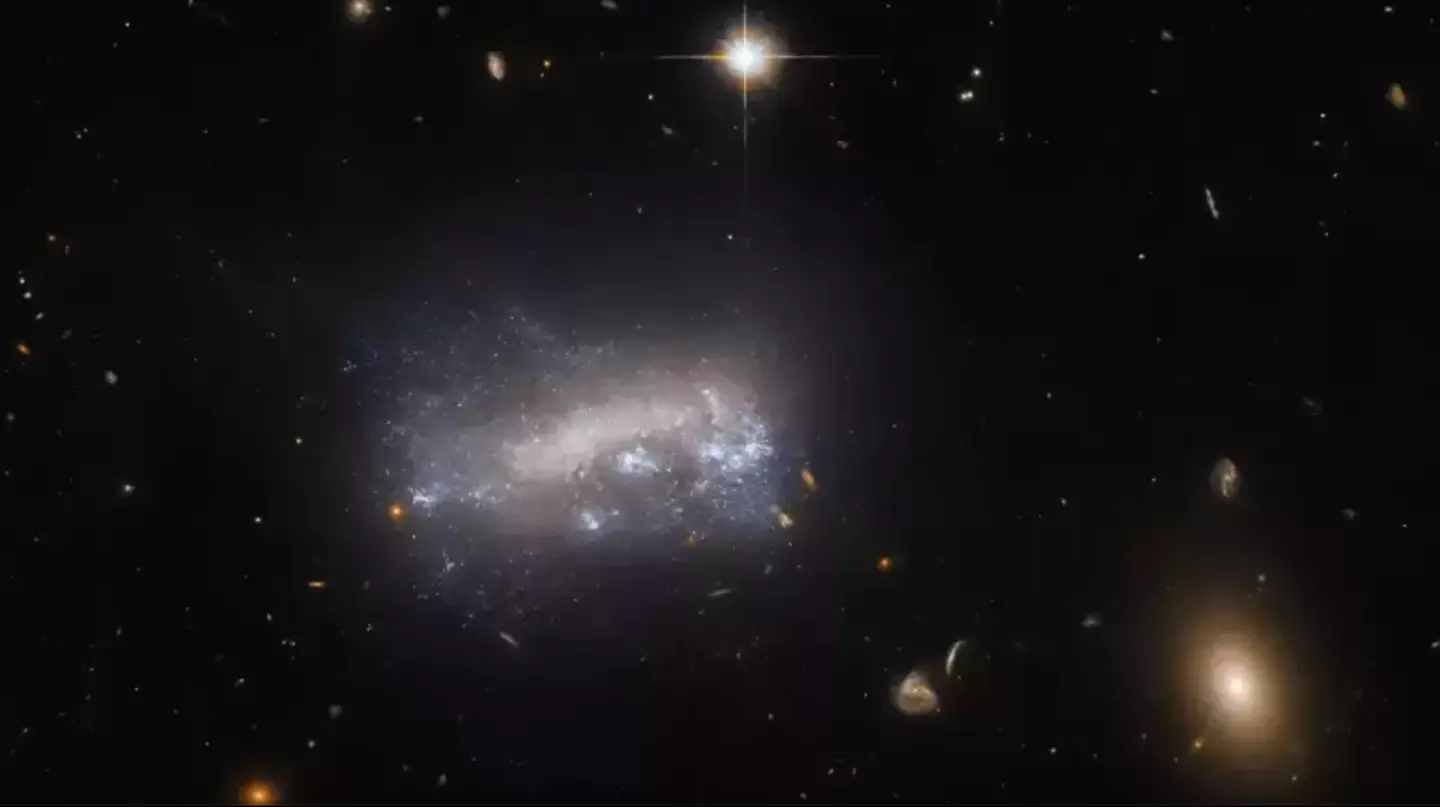
Another spectacular space photo has been snapped containing a phenomenon that is going on 52 million light-years away.
The Hubble telescope, ran in partnership by NASA and ESA, is continuing its journey through the mysterious vastness of space, continually discovering things about our universe and reporting it back to us.
Launched in 1991, the Hubble telescope has helped us understand and prove our theories about the speed the universe expands at, the age of the universe, the fact that every galaxy has a black hole, and much more.
Advert
The legendary piece of tech has been aided by the more modern and technologically up-to-date James Webb Space Telescope (JWST), since its launch in December 2021.
In fact, findings from JWST may have potentially changed our understanding of how fast the universe is expanding following new research.
But don't let this take away from the importance of Hubble, which continues to contribute to science, as it is further into the depths of space with a 30-year head start over JWST.
In fact, it has just captured a fantastic example of the phenomenon of ram pressure.
But, what is ram pressure?

Basically, it's the force exerted by the gas and dust in space, and Hubble has snapped a photo of its effects on a galaxy 52 million light-years away, called LEDA 42160.
You may have seen the Virgo constellation in the sky at night before, and this galaxy is actually a part of it.
Known as a dwarf galaxy, it is making its way through dense gas that is present in the Virgo cluster, which is causing ram pressure.
This intergalactic gas creates a type of pressure and is effecting the way that stars are formed within the LEDA galaxy.
Ram pressure can be a plus, compressing gas and aiding star formation, or it can be a hindrance, stripping a galaxy of its dust and gas, crucial for forming stars.

Hubble's most recent observations of the galaxy is part of a bigger project which is looking at the effects of ram pressure on dwarf galaxies, with the knowledge that it benefits larger galaxies.
On the right hand-side of the image, it is shown that bright patches may represent star formation occurring due to ram pressure 'stripping'.
It is features like this that will help astronomers better understand the processes that aid star formation within dwarf galaxies.
Understanding dwarf galaxies is just the latest step taken in furthering our knowledge on the universe.
Topics: Space, Science, Technology, News